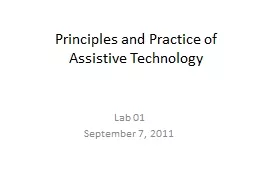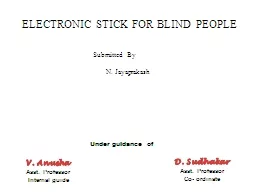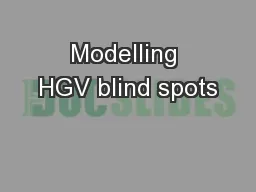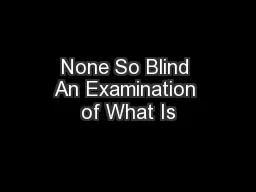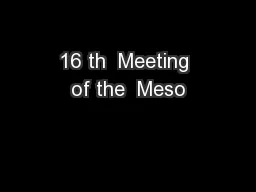PPT-Navigational Aid for a Blind Individual
Author : alexa-scheidler | Published Date : 2019-11-22
Navigational Aid for a Blind Individual Electrical Computer Engineering Team P12015 Bob Evans Jackson Lamp David Sachenik David Yip P12016 Curtis Beard Aalyia Shaukat
Presentation Embed Code
Download Presentation
Download Presentation The PPT/PDF document "Navigational Aid for a Blind Individual" is the property of its rightful owner. Permission is granted to download and print the materials on this website for personal, non-commercial use only, and to display it on your personal computer provided you do not modify the materials and that you retain all copyright notices contained in the materials. By downloading content from our website, you accept the terms of this agreement.
Navigational Aid for a Blind Individual: Transcript
Download Rules Of Document
"Navigational Aid for a Blind Individual"The content belongs to its owner. You may download and print it for personal use, without modification, and keep all copyright notices. By downloading, you agree to these terms.
Related Documents


